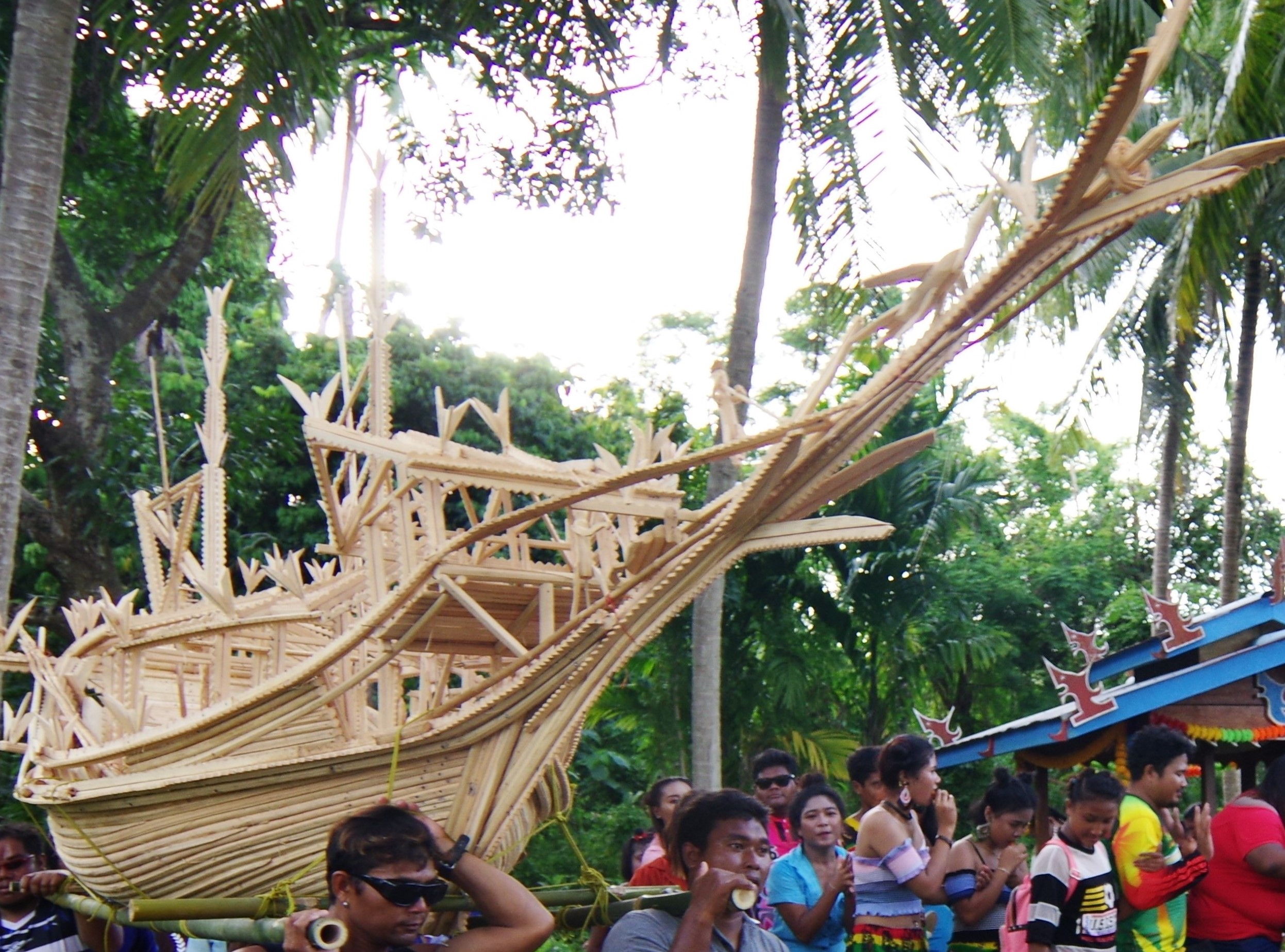Technology, subsistence strategies and diversity in South Sulawesi, Indonesia, during the Toalean Mid-Holocene period: recent advances in research
DOI:
https://doi.org/10.7152/jipa.v45i0.15693Abstract
The central Indonesian island of Sulawesi has played an important role in modern and pre-modern human migration through the Southeast Asian island chain. Over the last two decades, archaeological excavations in South Sulawesi have provided new insights into the ancient human past of this region, in particular the extensive Mid-Holocene or ‘Toalean’ sites, as well as several significant Pleistocene-age discoveries. This paper assesses the latest research and what implications these works have for prior models of human prehistory in the region. We show that recent studies have revealed that Toalean-era toolmakers were able to adapt to different environments and raw material sources, but would also transport desired raw materials for production of certain artefact types. Early quarry sites have also been identified for the first time. In addition, new excavations have revealed complex tool forms in forested highland environments, previously thought to hold only sparse and elementary assemblages, allowing us to re-assess twentieth century models of Toalean cultural subgroups and distribution. The rich parietal art initially attributed to the Toalean has now been dated to the Late Pleistocene, roughly contemporaneous with the production of ‘portable art’ in this region, while lithic artefacts dated to between at least 194-118 thousand years ago at Talepu appear to predate modern Homo sapiens occupation. Two newly reported highland sites have also yielded rich and deeply stratified archaeological deposits. These may offer the best opportunity to test hypotheses such as the transitional ‘Ceramic Toalean’ contact phase, as site disturbance and subsistence have formerly compromised the stratigraphic integrity of most excavations. This review shows that, while much work is still needed particularly in obtaining a reliable body of well-stratified and reliable dates, recent research presents an image of early innovation in the region in the form of Late Pleistocene ‘art’ production and Mid-Holocene technological developments that are both earlier and more extensive that previously known.Downloads
Published
2021-12-29
Issue
Section
Articles

